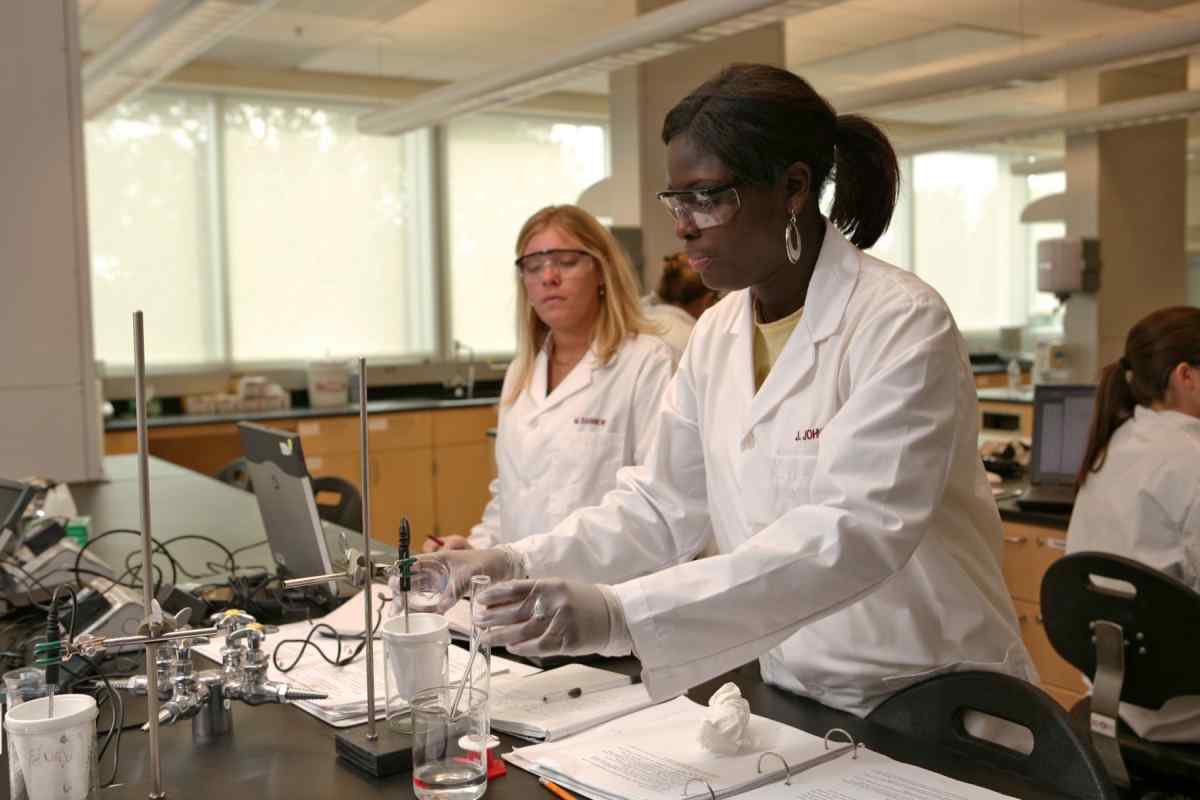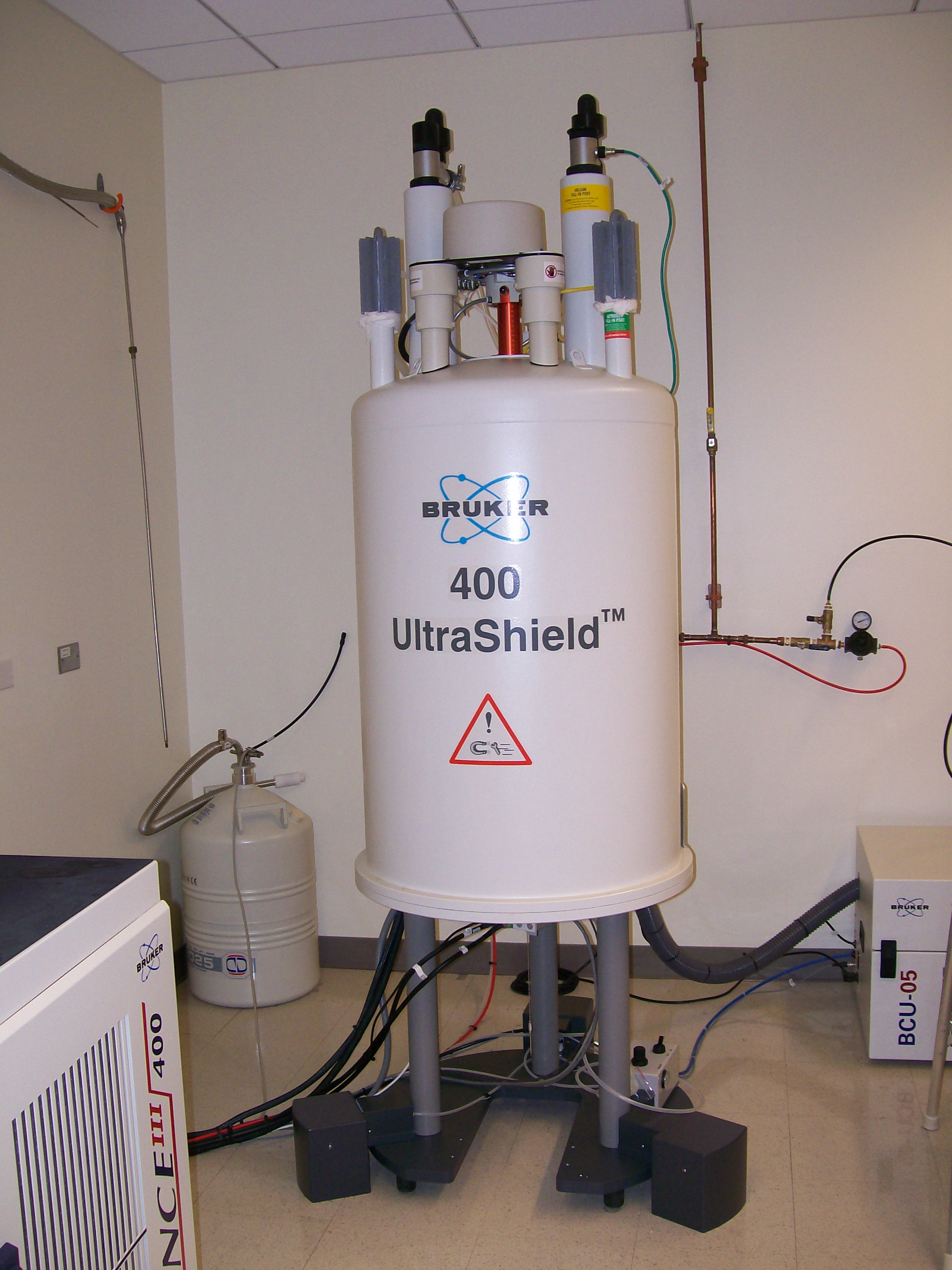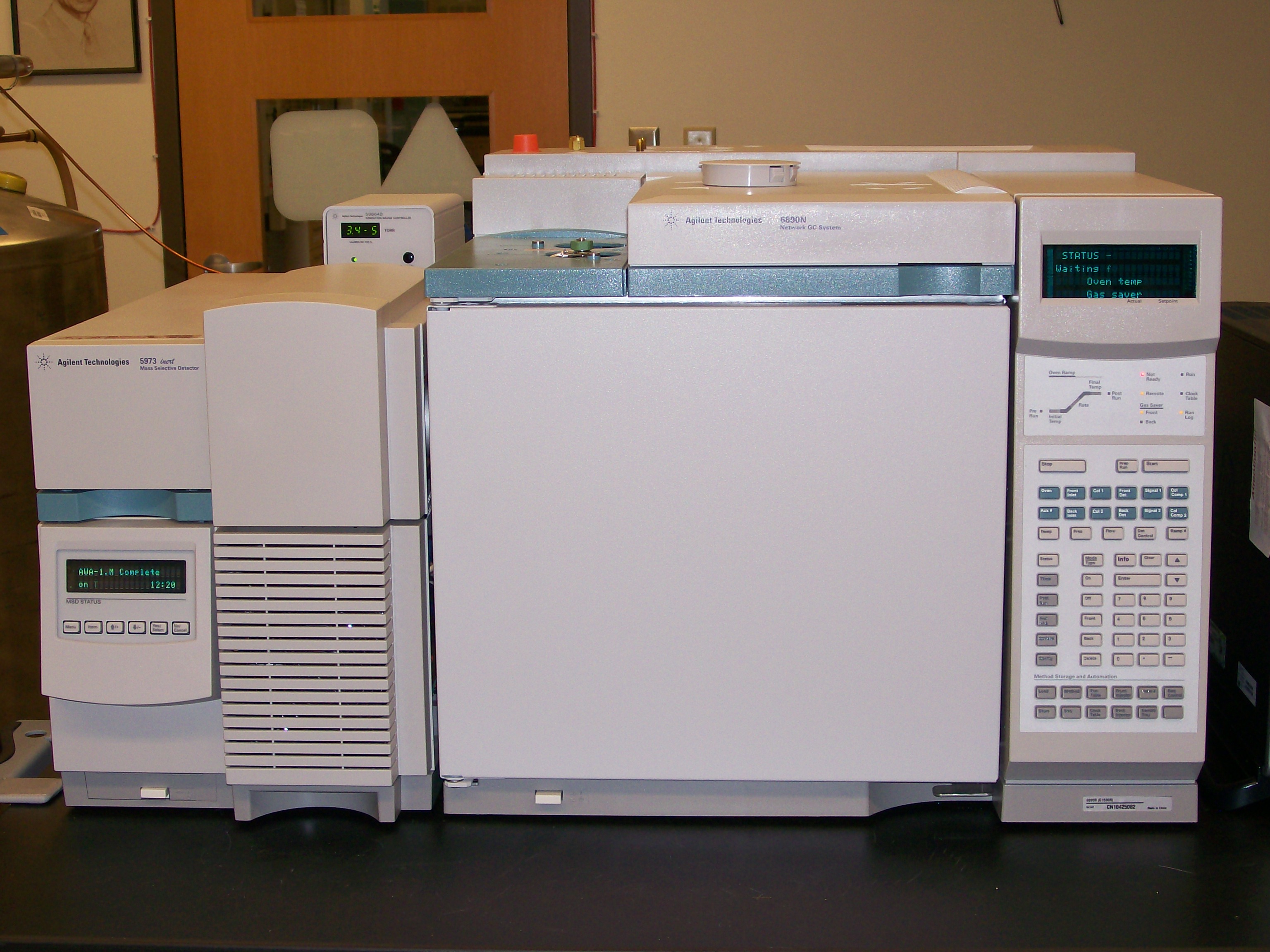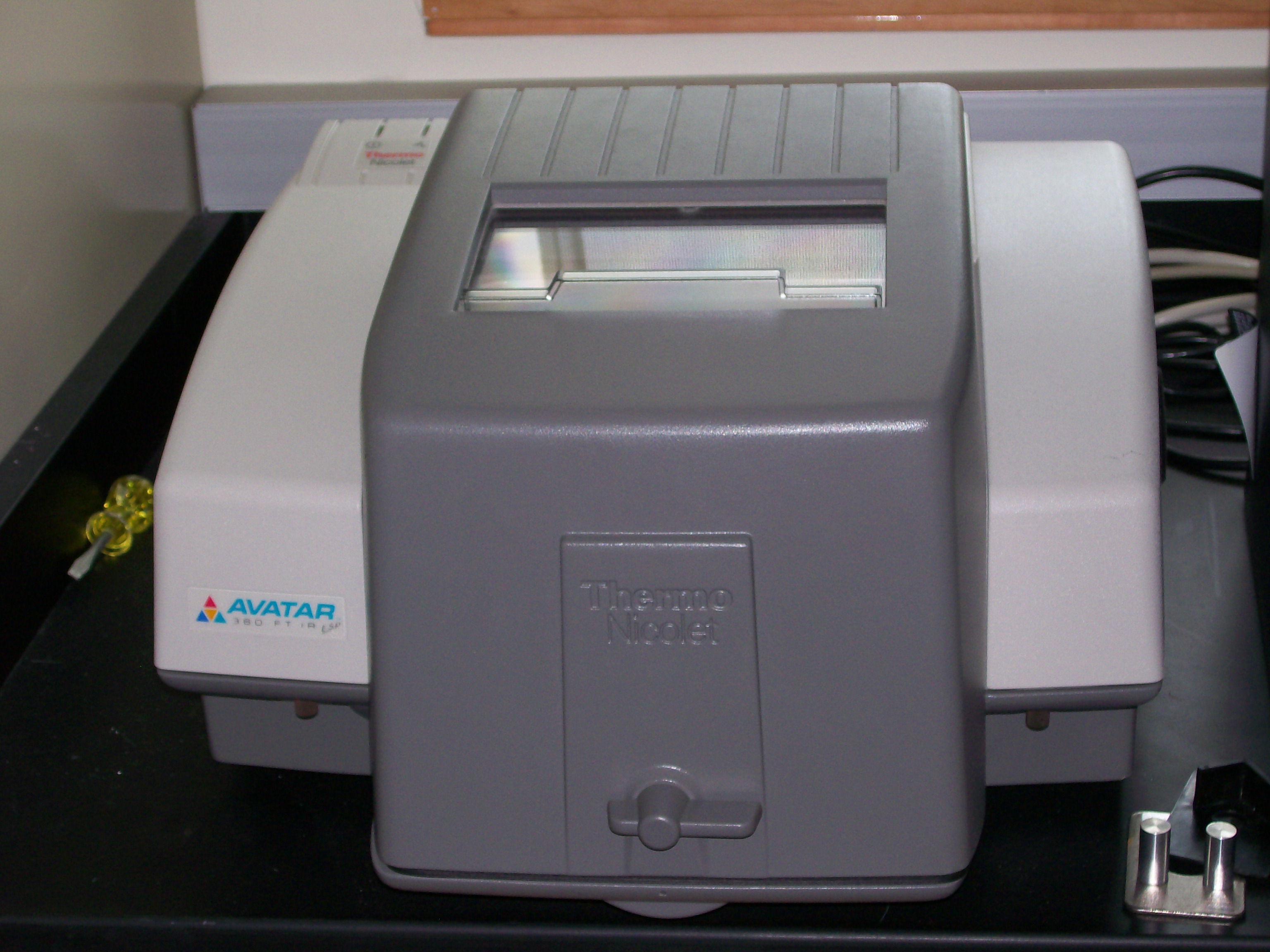

Facilities and Instrumentation
The Chemistry Department is located on the second floor of the John S. Toll Science Center. The department has a wide range of modern instrumentation for use in research and teaching, providing our students with hands-on experience and preparing them for their careers in the chemical sciences.
John S. Toll Science Center
The chemistry department is located on the second floor of the John S. Toll Science Center. There are four teaching laboratories as well as two preparatory rooms and two instrumentation rooms. There are also five research labs and our new computational chemistry facility.

Students enrolled in chemistry courses and performing research either during our summer research program or as seniors majoring in a scientific discipline have access to our state-of-the-art laboratories and instrumentation.
The use of instrumentation is integrated throughout our curriculum, providing students hands-on experience with instrumentation. The department has the following state-of-the-art instrumentation:
Instrumentation


The Agilent GC-MS is an extremely useful instrument in determining the identity of a chemical substance. The instrument works by vaporizing compounds into the gas phase and passing these vapors through a column where separation can occur. The separated compounds are then passed into the mass spectrometer, where their molecular mass is determined.
The Agilent InfinityLab LC-MS is an extremely useful instrument in determining the identity of a chemical substance. The LC-MS works by using liquid chromatography to separated chemical substances and then passes the compounds into a mass spectrometer where the molecular mass is determined. This instrument is extremely useful in the separation and determination of biologically active compounds and small proteins.

The Agilent Gas Chromatography is a convenient method to determine the identify of chemical compounds in a mixture. The GC works by vaporizing compounds into the gas phase and passing these vapors through a column where separation can occur.
When oxygen or water must be avoided in a chemical reaction, the use of an inert-atmosphere glove box is necessary. The department has an mBraun EcoStar glove box that is utilized in both research and in courses such as CHE 340 Synthesis of Organic Molecules.

The Perkin-Elmer AAnalyst 100 Atomic Absorbance Spectrometer (AA) is used to analyze the concentration of metal ions, making this instrument well-suited for use in environmental monitoring of heavy metals. Our instrument is set up to look for lead (Pb), calcium (Ca), iron (Fe), magnesium (Mg), cadmium (Cd), and copper (Cu).

The department has two research grade FT-IR spectrometers, a Thermo Nicolet 360 and a Agilent Cary 630. These instruments are used to identify the structure of chemical compounds by examining the wavelength at which they absorb infrared radiation (heat).

Software
Washington College students have access to industry standard chemical software that they will use in the classroom and in their careers. Students have access to PC-Spartan to perform molecular modeling calculations and also to ChemOffice software which allows students to professionally draw chemical structures.